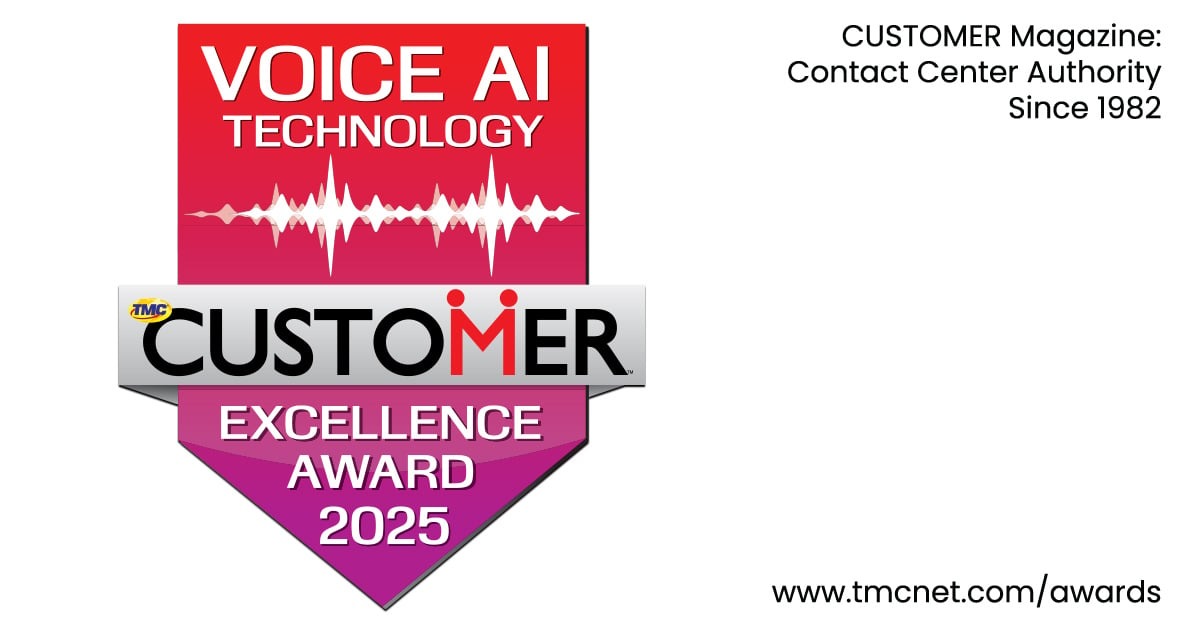
In an increasingly saturated banking and financial sector, it has become imperative for financial institutions to continually evolve in order to remain competitive and provide exceptional customer experiences. This evolution takes adopting and implementing numerous new technologies available for many enterprises in today’s digital age. Innovative devices and applications are helping to add efficiency and, more importantly, automation to the banking world.
Over the last decade, banks and financial institutions have spent more than $321 billion on compliance operations and fines. Banks are estimated to disburse nearly $270 billion yearly on compliance operations. More than 10% of a bank’s operating cost is attributed to compliance costs. However, throwing more people at the problem of finding new and better ways to manage compliance while cutting down operational expenses is not the answer.
This is where the power of automation can make an actual difference in the banking and financial sectors.
“Automation can enable banks & finance companies to reduce manual efforts, offer better compliance, mitigate risks, and enhance the overall consumer experience,” said Ritwik Bose, Senior Director of Digital Strategy, Eleviant Tech, a software and mobile applications development company. “What makes automation most suitable for banks and financial institutions is that there are no additional infrastructure requirements coupled with its low-code to no-code approach. Banking enterprises are realizing the benefits of automation, and are increasingly looking to adopt their application, with many finding their answers in Robotic Process Automation (RPA) solutions.”
RPA is an application of technology, governed by business logic and structured inputs, to automate business processes. Using RPA tools, a company can configure software, or a “robot,” to capture and interpret applications for processing a transaction, manipulating data, triggering responses, and communicating with other digital systems. RPA scenarios range from generating an automatic response to an email to deploying thousands of bots, each programmed to automate jobs in an ERP system.
Overall, RPA is one of the growing digital applications available for enterprises today. The global robotic process automation market was valued at $1.89 billion in 2021 and is projected to expand at a compound annual growth rate (CAGR) of 38.2% from 2022 to 2030. In the banking and finance sector alone, exponential growth of RPA in financial services can be estimated by the fact that the industry is going to be worth a whopping $2.9 billion by the end of 2022, a sharp increase from $250 million in 2016.
“Factors including the need to optimize operations to gain improved productivity and generate maximum return are increasingly driving financial institutions toward RPA,” Ritwik explained. “Integration of the latest technologies and changing business processes across enterprises is fueling growth given the proven benefits. We are very excited about the many use cases, consumer banking, commercial banking, credit cards, mortgages, car loans, payments, and security.”
For example, RPA can play a role in adding ease to accounts payable processes. When done manually, handling accounts payable is time-consuming as employees need to digitize vendor invoices, validate all the fields, and only then process the payment, Ritwik said.
“RPA in accounting enhanced with optical character recognition (OCR) can take over this task,” Ritwik continued. “OCR can extract invoice information and pass it to robots for validation and payment processing, and in case of errors, the system will notify bank employees. Automating this verification function brought an average of around $300,000 in annual savings; we know who implemented even the simplest RPA solution.”
Another banking sector where RPA can play a critical part in mortgage processing. Ritwik explained that this is one of the most prominent RPA use cases.
According to experts, closing a mortgage loan can take up to 60 days. Loan officers must go through many steps, including employment verification, credit check, and other inspections. Furthermore, a small error made by the bank employee or the applicant can significantly slow down the case.
“Robotic process automation in finance can cut loan-processing time by 80 percent, which will be a massive relief for both banks and clients, according to some experts,” Ritwik continued.
Finally, one of the most critical use cases today of RPA in banking is fraud detection. Cyber attackers have grown in speed, volume, and sophistication, making cybersecurity a priority for all industries.
The total cost of financial crime compliance in the U.S. and Canada for 2021 was $49.9 billion, up 19% from 2020 and 58% from 2019. Highly skilled analysts who are supposed to uncover such crimes are wasting around 75% of their time collecting data and another 15% entering it into systems. Both tasks can be automated, allowing anti-fraud professionals to focus on their primary job.
Robotic process automation in finance can further help anti-money laundering investigations by deploying an “if-then” method to spot potential fraud. For instance, if many transactions were made in a short time, RPA can flag the account as a potential threat and report it to the concerned department.
“RPA has a bright future in finance and banking,” Ritwik summarized. “Basic chatbots can execute highly redundant tasks, such as enabling customers to order new bank cards and change PIC codes. Intelligence automation can take over more complicated duties, including analyzing historical client data to identify suspicious transactions and issue alerts. And as the world continues to grow digitally, apart from the benefits offered, RPA will continue to become more essential alongside the age of technology.”
Edited by
Erik Linask





